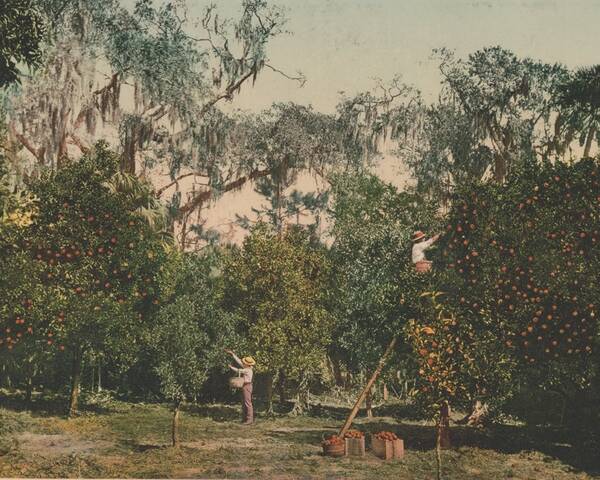You are now entering the Jewish Currents archive.
July 23: Vera Rubin and Dark Matter
 Vera Rubin (Cooper), an astronomer who has pondered why the rapid rotation of galaxies do not cause them to fly apart — research that led to the current theory of dark matter — was born in Philadelphia on this date in 1928. Rubin has been primarily associated with Georgetown University and the Carnegie Institution of Washington, and was the first woman since Caroline Herschel (1750-1848) to receive the Gold Medal of London’s Royal Astronomical Society. Rubin was also the first woman officially permitted to observe the heavens from the Palomar telescope in San Diego, and the second woman in history admitted to the National Academy of Sciences. Since 1978, she has researched and analyzed over 200 galaxies. In studying the galaxy rotation problem, Rubin developed calculations showing that galaxies must contain at least ten times as much mass as can be accounted for by the visible stars, which meant either that Newtonian gravity was not a universal law or that at least fifty percent of the mass of the universe is dark matter, an as-yet undefined substance. (“If I could have my pick,” she said, “I would like to learn that Newton’s laws must be modified in order to correctly describe gravitational interactions at large distances. That’s more appealing than a universe filled with a new kind of sub-nuclear particle.”) Rubin was also the first to perceive that galaxies are clumped together in clusters, not randomly distributed throughout the universe.
Vera Rubin (Cooper), an astronomer who has pondered why the rapid rotation of galaxies do not cause them to fly apart — research that led to the current theory of dark matter — was born in Philadelphia on this date in 1928. Rubin has been primarily associated with Georgetown University and the Carnegie Institution of Washington, and was the first woman since Caroline Herschel (1750-1848) to receive the Gold Medal of London’s Royal Astronomical Society. Rubin was also the first woman officially permitted to observe the heavens from the Palomar telescope in San Diego, and the second woman in history admitted to the National Academy of Sciences. Since 1978, she has researched and analyzed over 200 galaxies. In studying the galaxy rotation problem, Rubin developed calculations showing that galaxies must contain at least ten times as much mass as can be accounted for by the visible stars, which meant either that Newtonian gravity was not a universal law or that at least fifty percent of the mass of the universe is dark matter, an as-yet undefined substance. (“If I could have my pick,” she said, “I would like to learn that Newton’s laws must be modified in order to correctly describe gravitational interactions at large distances. That’s more appealing than a universe filled with a new kind of sub-nuclear particle.”) Rubin was also the first to perceive that galaxies are clumped together in clusters, not randomly distributed throughout the universe.
“I’m Jewish, and so religion to me is a kind of moral code and a kind of history. I try to do my science in a moral way, and, I believe that, ideally, science should be looked upon as something that helps us understand our role in the universe.” --Vera Rubin
Lawrence Bush edited Jewish Currents from 2003 until 2018. He is the author of Bessie: A Novel of Love and Revolution and Waiting for God: The Spiritual Explorations of a Reluctant Atheist, among other books. His new volume of illustrated Torah commentaries, American Torah Toons 2, is scheduled for publication this year.

